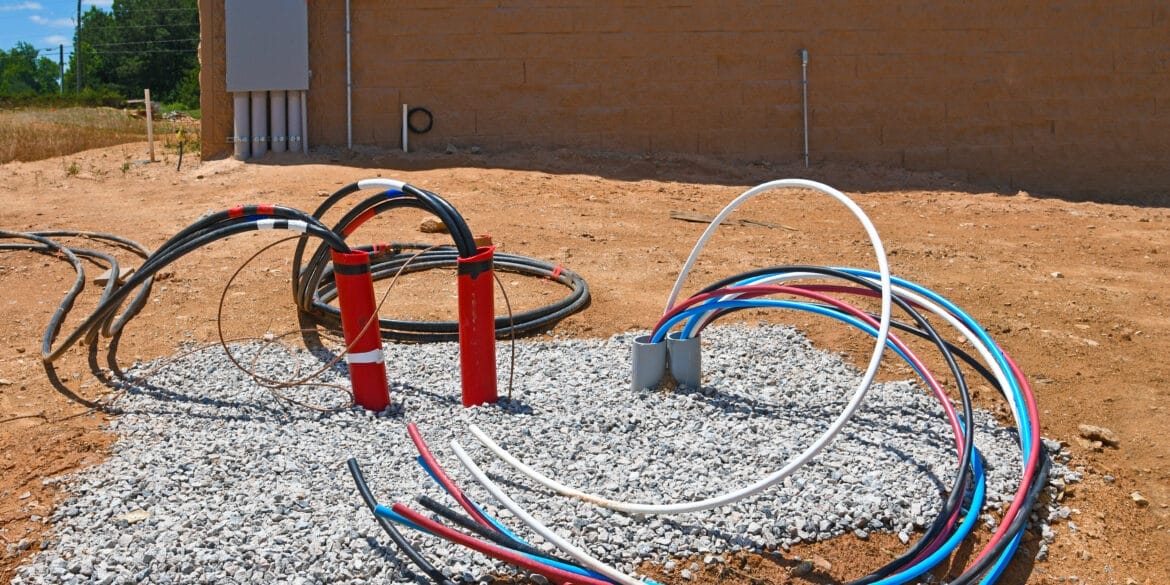
How should you determine the maximum demand of an electrical installation? Well, there are four main approaches used as follows.
1. Calculation
The maximum demand can be calculated by taking into account all of the relevant information available for a particular installation.
Guidance on the determination of maximum demand is provided for basic electrical installations via tables given from the Standards. To view tables refer to our article on the Maximum Demand Tables.
Cable Pro Web Software can automatically calculation maximum demand based on the standards.
2. Assessment
The maximum demand may require a special assessment where the electrical installation is large and complex or special types of occupancy exist.
3. Measurement
The actual measured maximum demand is the most accurate and the rules require it be used as the maximum demand for an installation.
It is measured by recording the highest rate of consumption of electricity for an installation over a sustained period (30 minutes as per the Australian Wiring Rules AS/NZS 3000:2018) when demand is at its highest.
4. Limitation
The maximum demand of an installation may be determined as the sum of the current ratings or thermal settings of the circuit breakers protecting the installation.
Watch the video with example calculations that shows you how to calculate maximum demand.








